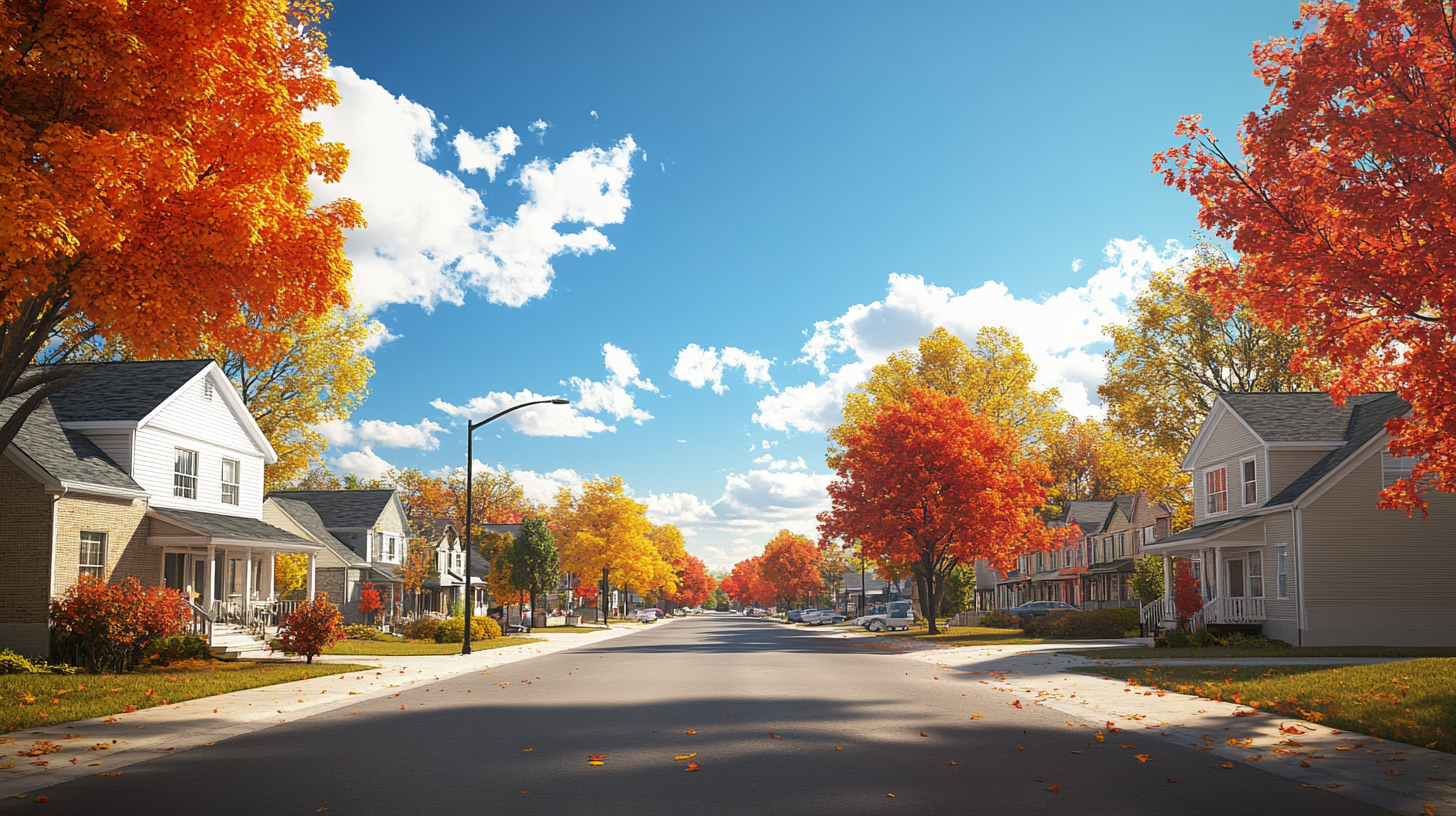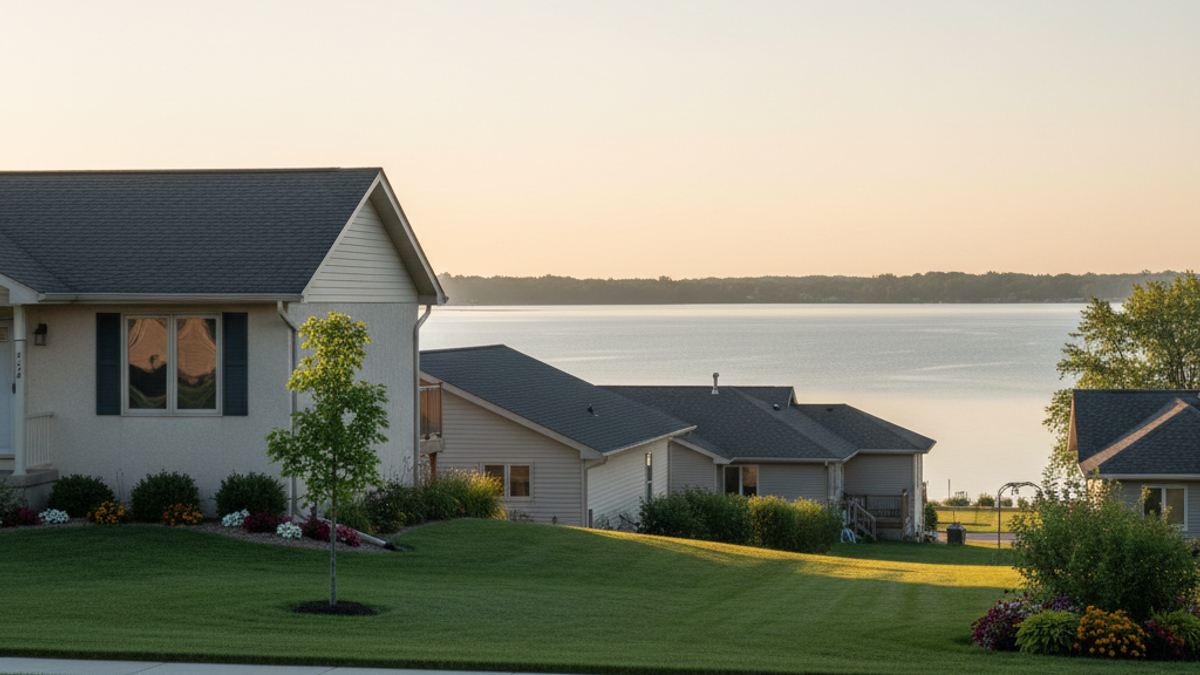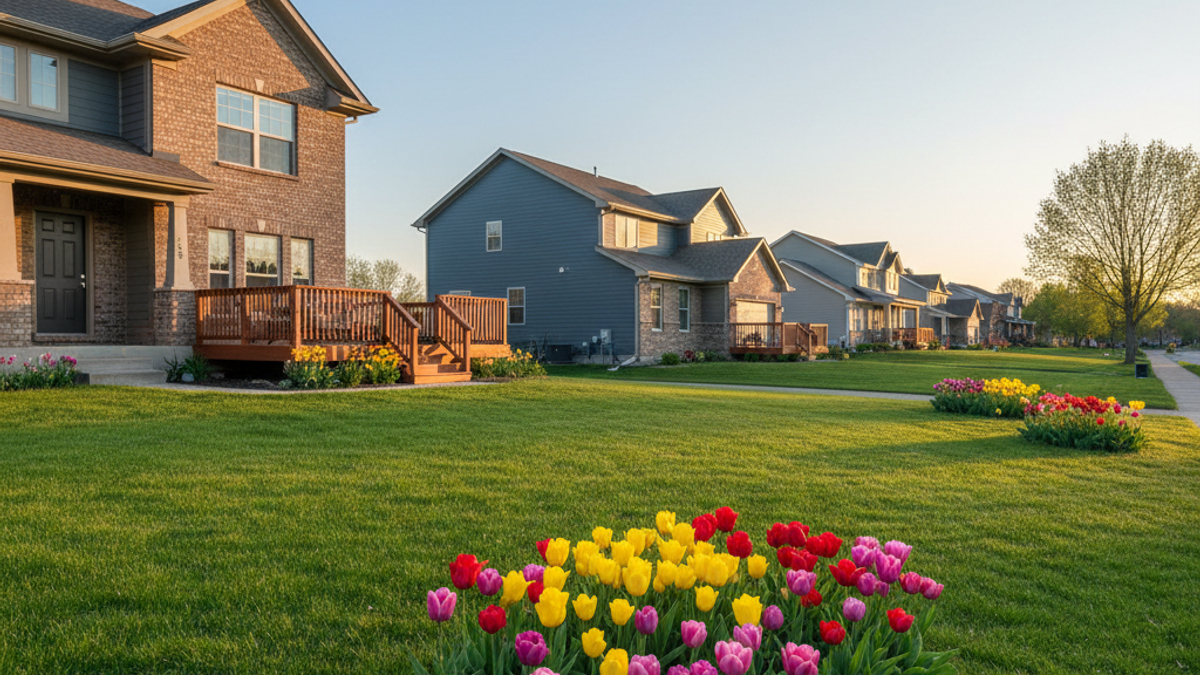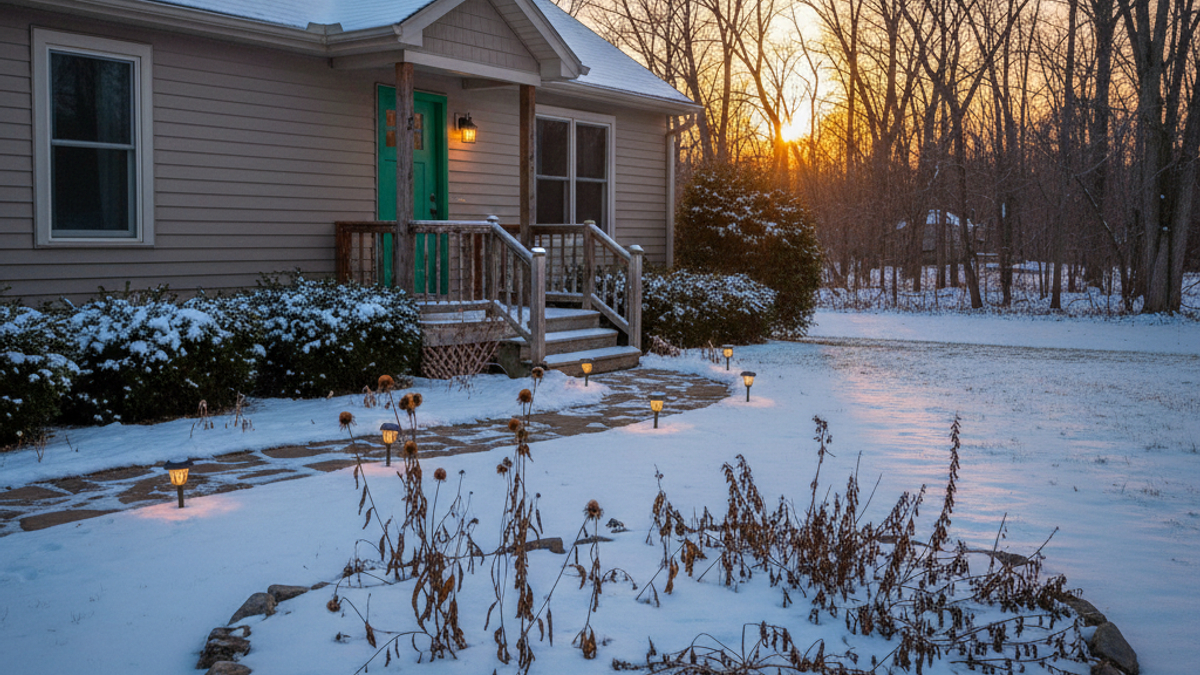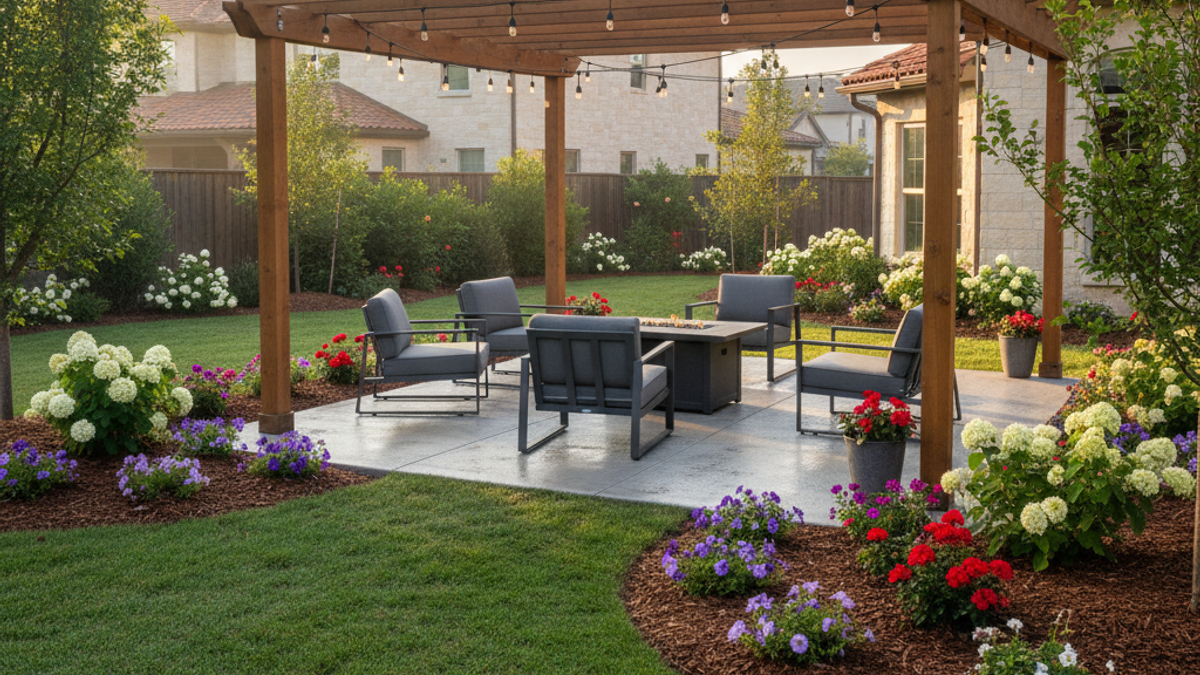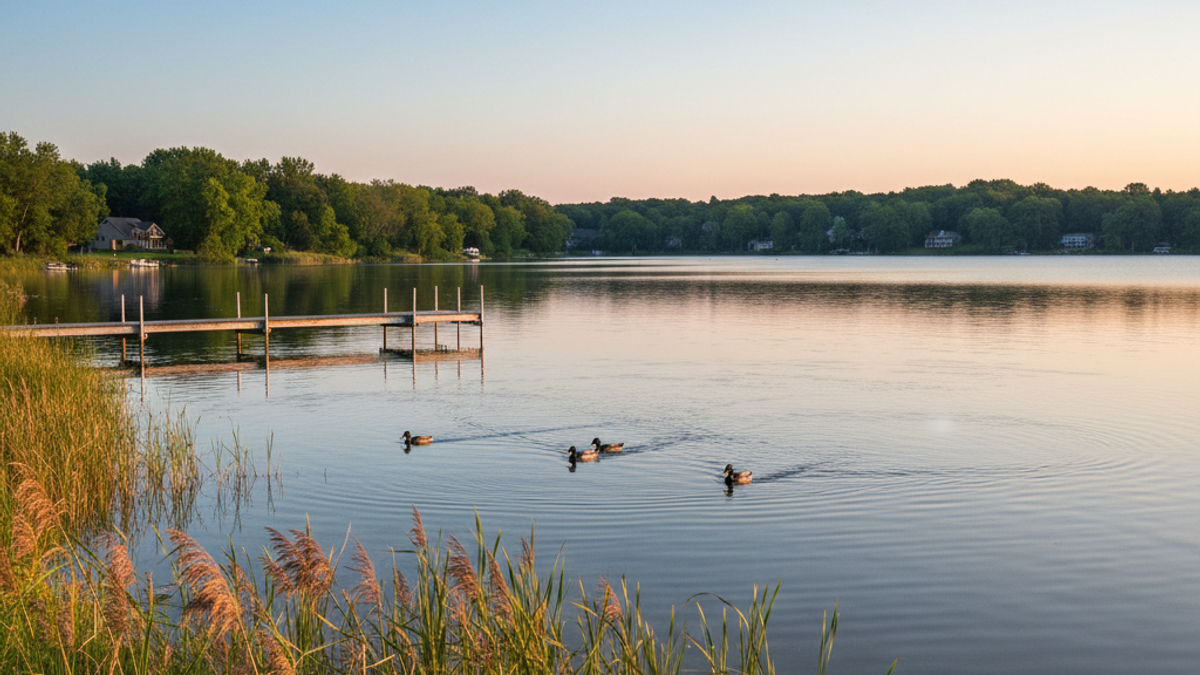A quick reality check.
Buying the house felt like crossing a finish line. Selling it feels more like tiptoeing onto a moving treadmill and praying you hit the right speed. In Sun Prairie, that speed changes every year. The city has grown from a modest suburb into a full-blown destination just ten minutes north-east of Madison. New schools. A lively downtown. Tech workers rubbing elbows with lifelong Badger fans. All good news for property values. The question that nags at homeowners though: how long should you own a home before selling in Sun Prairie? Let’s peel that apart together.
So… What Decides the “Right” Time Anyway?
There is no statewide timer that goes ding after a set number of years. You judge the moment by a handful of levers. Pull one, the others move.
- Market heat
- Personal life shifts
- Home equity growth
- Seasonal rhythms
- Tax rules
We will juggle each one in a second. First, a bit of local color.
Sun Prairie’s population crossed 36,000 in the last census and still climbs by roughly two percent a year. Employers keep hiring in Madison’s biotech and software corridor. Commute times stay forgiving. Translation: demand stays sticky even when national headlines wobble. Homes here rarely sit long. Realtor.com tracked a median of 25 days on market through late 2024. During the same stretch, Madison clocked 30. That gap proves buyers cruise up Highway 151 hunting for a deal the moment inventory loosens.
Still, you do not want to list purely because neighbors slapped on a For Sale sign. Let’s dig into each lever.
Lever One: The Market Pulse
Prices rise in uneven bursts. From 2019 to 2022 Sun Prairie’s median sale price jumped roughly 35 percent, landing near $375,000 according to South Central Wisconsin MLS data. The next eighteen months cooled to a steadier 3-4 percent annual bump. Interest rates nudged many buyers to the sidelines, yet the city’s limited land supply kept a true crash off the table.
History hints at two sweet spots for listing:
- Mid-April through early June
- Late August through mid-October
Spring unlocks fresh relocation budgets. Late summer hosts families scrambling before the new school year in the Sun Prairie Area School District. Winter? Only the ultra-motivated trudge around in boots and parkas.
Seasonality matters less in a seller’s market, but timing to those windows often adds two or three competing offers. More offers equal leverage on inspection requests. Leverage equals higher net.
Now layer on national cycles. When mortgage rates drop a half-point, Sun Prairie sees a surge within six weeks. Keep an eye on Federal Reserve meetings. If the Fed hints at easing, buyers pounce somewhere between the next paycheck and the next Sunday open house.
Snapshot for 2025 (best current projections):
- 30-year fixed settling near 6.25 percent
- Local inventory hovering at 1.8 months, still a shortage (balanced market sits around six)
- New-construction permits concentrated on the west side near Town Hall Road
All three point to continued seller advantage. That said, the absolute top of a wave is impossible to call. Aiming to “nail the peak” lands more people in analysis paralysis than in bigger profit. Focus on your equity and life plan first, then look around to confirm the market is not cratering.
Lever Two: Your Wallet and Your Life
Money talk first. Selling costs run roughly 6 to 10 percent of the final price when you add agent fees, transfer tax, title fees, and a quick spruce-up. On a $400,000 Sun Prairie colonial, that can chew up thirty grand. You want enough appreciation to swallow that bill and still leave with a check worth cashing.
How long does that take? Average annual appreciation in Sun Prairie since 2013 clocks in just over 5 percent. A quick napkin sketch:
Year 1: $350,000 purchase
Year 3: Value around $405,000
Net gain about $55,000. Subtract $30,000 selling costs. Net in pocket $25,000. Not terrible, but not life-changing.
Stay five or six years and the math brightens fast. By year 6 that same house pushes $470,000 at a conservative 5 percent clip. Selling cost stays near $30,000. Net doubles to roughly $90,000.
Then there is the tax code. Live in the home at least two of the past five years and you can exclude up to $250,000 of capital gains if single, $500,000 if married. Move out before hitting that two-year mark and Uncle Sam knocks.
Life events sometimes override spreadsheets. Work promotion in Milwaukee. A new baby needs another bedroom. Divorce. Elderly parents relocating. When personal urgency hits, you sell. No guilt. Just be crystal clear on what leaving early means for your balance sheet, and see whether short-term renting or a six-month bridge loan buys time.
Counting Equity The Easy Way
You do not need a complicated online calculator. Do this instead:
- Pull last week’s sold comps within a half-mile. Your agent can text them in five minutes.
- Knock off five grand for wiggle room.
- Subtract your mortgage payoff.
- Subtract another 8 percent for total closing costs.
- Look at the number. Does it fund the next chapter? Yes? Green light. No? Hold tight.
Repeat every spring. Equity sneaks up on you faster than you think.
Lever Three: 2025 Micro-Trends To Watch
Sun Prairie will not sit still during the next calendar year. Here is what local pros are whispering about:
- West Prairie Village and Shady Grove subdivisions are the current inventory magnets. Builders there plan 250 new single-family starts by late 2025.
- The long-delayed Main Street mixed-use redevelopment finally breaks ground. Condos above retail bring fresh competition for existing downtown townhomes.
- Google’s data center expansion in nearby Fitchburg is expected to import a fresh batch of six-figure tech salaries. Commuters often pick Sun Prairie for the bigger yards.
How does that shape timing?
If you own a three-bed ranch inside the older Bird Street neighborhoods, listing before those new-construction homes go vertical may preserve your edge. New build smell is a powerful drug for buyers.
If you own a brand-new home yourself, sitting through one more cycle may widen the equity gap between resale and builder list prices. In plain English, buyers will soon pay a premium for avoiding construction delays.
Days on market are forecast to hover in the high twenties all year, so patience still pays. Price it right, stage it, wait three weekends. That is the current rhythm.
Quick Checklists: Should You List This Year?
Yes, move forward, if:
- You have lived in the home at least two years.
- Equity math after costs shows a payoff that covers the next down payment plus moving expenses.
- Job or family commitments already point you toward a new zip code.
- The roof and mechanicals are in the “good for another five years” bracket, making inspection negotiations smoother.
Probably wait, if:
- You closed in 2023 and are still below 10 percent equity.
- You are locked into a sub-3 percent mortgage and plan on buying again locally, since rate shock could squeeze monthly cash flow.
- You crave a specific school boundary and can remodel in place cheaper than buying bigger.
Ready To Pull The Trigger?
Owning long enough to sell well in Sun Prairie is not about chasing a magic number. It is about stacking three green lights at the same time: decent market, solid equity, right life moment. Five to seven years of ownership hits that sweet spot for most folks around here, mostly because it checks the tax box and outpaces selling fees by a healthy margin. Yet I have seen clients exit in thirty months and still smile all the way to the next closing. The difference was clarity. They ran the numbers backward from their goals rather than forward from guesswork.
So grab last month’s comps. Call a lender for an updated payoff. Consider whether another Wisconsin winter in that house sounds cozy or cramped. When all three signals line up, go list with confidence.
And if you need a pair of local eyes on the data, reach out. Sun Prairie is still small enough that good advice travels fast, and your next chapter might be only one bold decision away.

